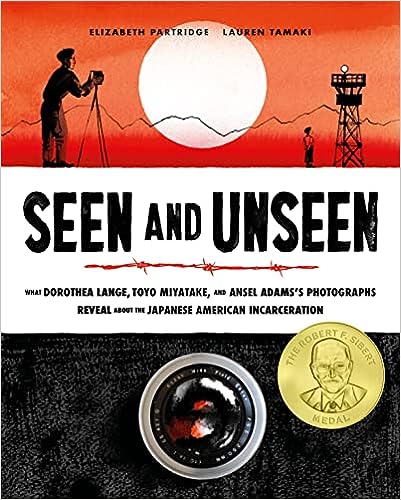I started out my writing career trying to be invisible. I wrote as neutral as I could so that my words would come through. To be honest, so that my color could not been seen.
This is the way it was supposed to be. It’s the way my culture survived WWII and the bombing of Pearl Harbor. It’s the way we were raised – to be good enough. Not so good that you stood out. But you didn’t want to shame your family either.
For years, it went this way until I realized my writing was stunted by neutral, bland writing. Just like in my real world outside of writing, I was never good enough. Nothing about me stood out. That was intentional. There is a Japanese saying about the nail that sticks up gets hammered down.
When the US suddenly praised culture, I started to remember my love for stories. The stories I grew up with. The flavor of my family’s life. What was at one time, boring and insignificant, was wanted.
I’ve been trying to catch up with that new identity. The society that wants my stories is new to me. But it’s also given me new determination to write with fury so that my kids know where they came from.
I picked up a book recently that is a legacy book. One that I hope my kids will read one day with pride and understanding that their culture is more than the color of their skin. It’s in the history of this country. It’s in the misunderstandings and the political mishaps that derive from discrimination and hate.
 Written by Elizabeth Partridge, illustrated by Lauren Tamaki, and published by Chronicle Books, *Seen and Unseen is a museum in a book. It is an amalgamation of photos, illustrations, essays and real life accounts from three photographers documenting the plight of Japanese Americans in concentration camps during the war.
Written by Elizabeth Partridge, illustrated by Lauren Tamaki, and published by Chronicle Books, *Seen and Unseen is a museum in a book. It is an amalgamation of photos, illustrations, essays and real life accounts from three photographers documenting the plight of Japanese Americans in concentration camps during the war.
Every breathtaking photo and illustration tells of what Japanese Americans endured. They lived with injustice with dignity and grace.
Here is a piece from the book:
“Summer days in the harsh desert were blistering hot. Howling winds blew sand across the camp. As people waited in lines outside for meals and showers, sand stung their faces and clung to their hair.”
It’s hard not to read of your history without anger in your heart. But books like this remind you of all the beauty that exists even in the dark spaces.
I highly recommend this book. It’s not just for writers or those who love history, or those who are Japanese American, but anyone who lives to know the truth of our past to create a better, more equitable future.
*Head’s up. If you purchase a book through my affiliate links above and I will get a small percentage of the sale. Thank you!
![]()
